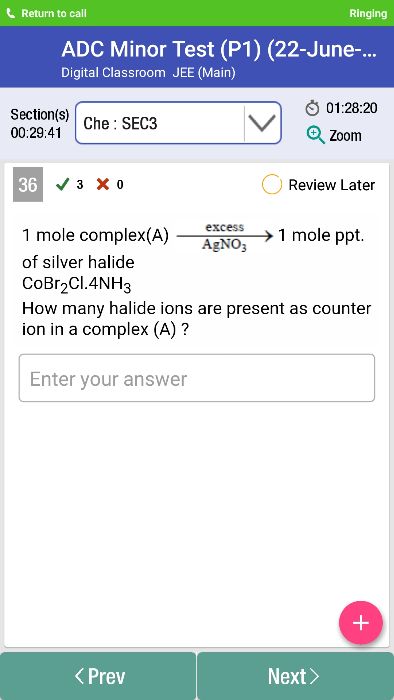CBSE Class 12-science Answered
1)Square planar complexes do not show optical isomerism in any composition as there is a plane of symmetry in all square planar complexes.
2)Tetrahedral complexes having a chiral centre show optical isomerism. 3)Tetrahedral complexes of Be(II) and Zn(II) containing two unsymmetrical bidentate ligands can be resolved into optically active forms. For example the tetrahedral complex, bis (benzoyl acetonato) beryllium(II) has been found to be optically active.
4)In case of octahedral complexes,
a)Complexes of the type [M(a-a)2b2] or[M(a-a)2bc] form geometrical isomers. Its trans form is optically inactive due to molecular symmetry. But, the cis form is optically active due to asymmetry. For example, optical isomers of cis-form of [Co(en)2Cl2]+ are as follows:
b)Complexes of the type [M(a-a)b2c2], that is optical isomers of [CoCl2(en)(NH3)2]+.
c)Complexes of the type [M(a-a)3], where a-a is symmetrical bidentate ligand, exists as optical isomers as they form non-superimposable mirror images. For example, optical isomers of [Co(en)3]3+.
d)Complexes containing hexadentate ligands such as ethylenediamine-tetraaceto (EDTA) show optical isomerism. For example, the complex ion [Co(EDTA)]¯ exists in two optical isomers.







